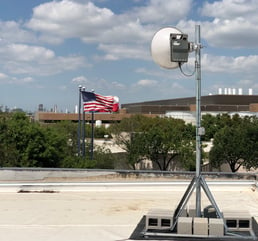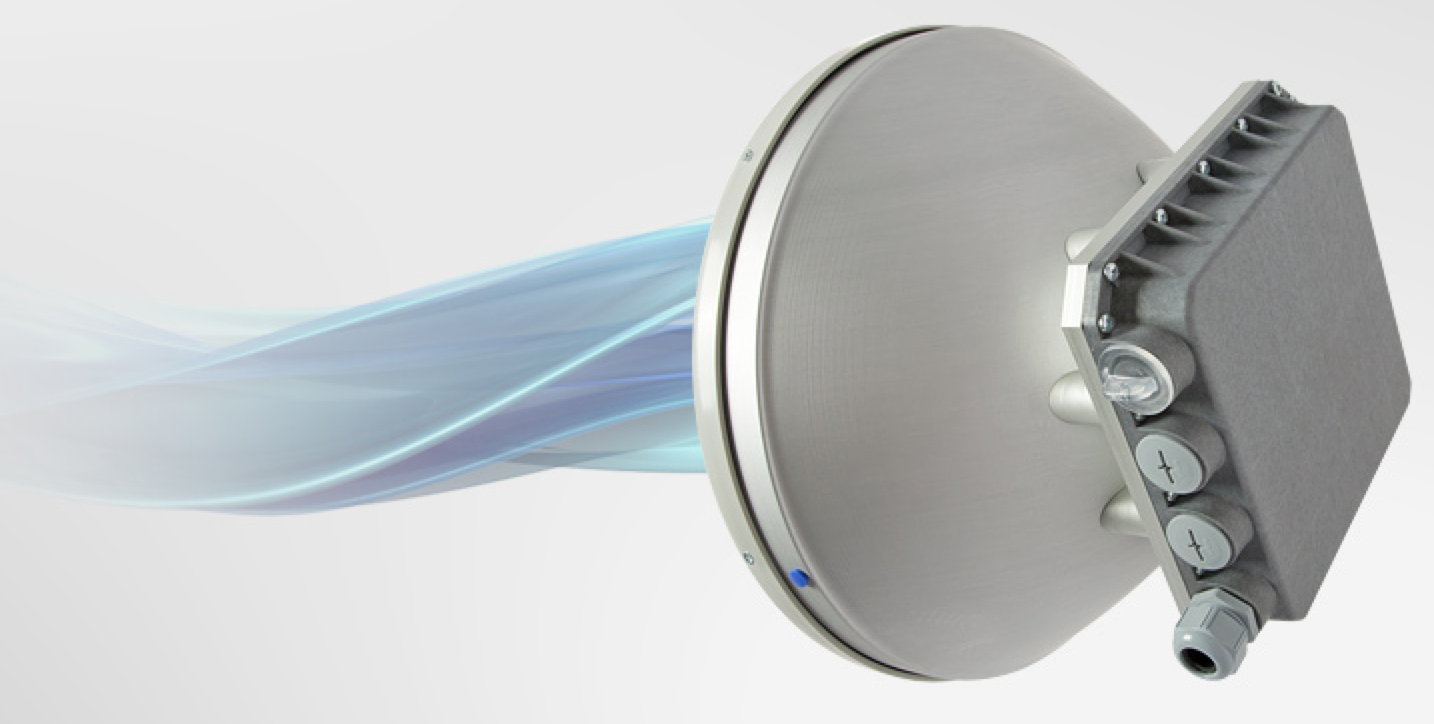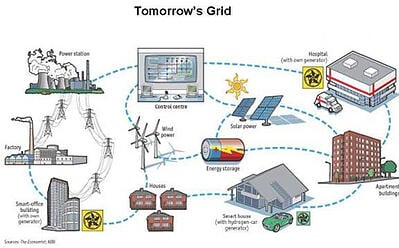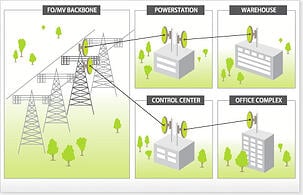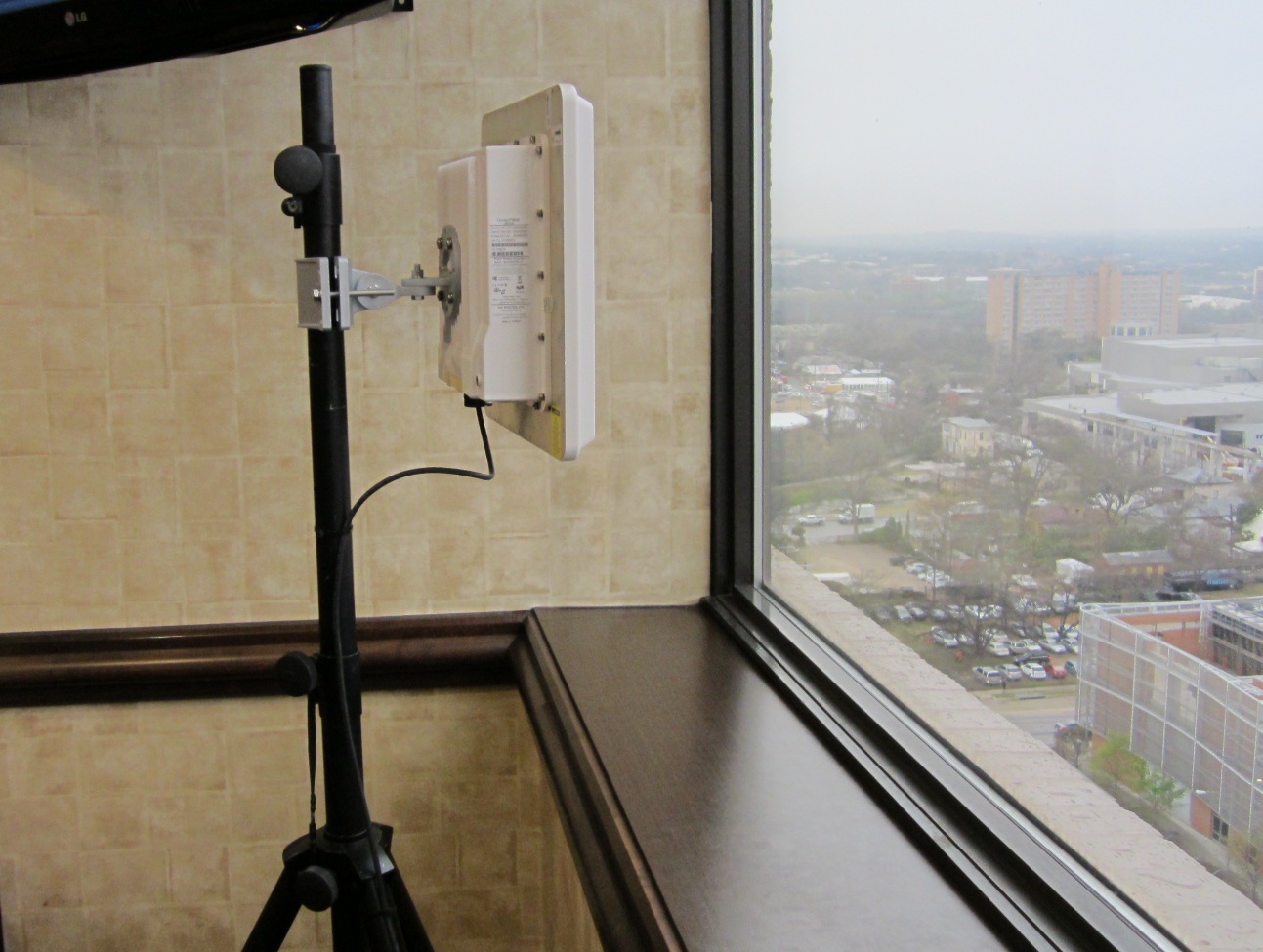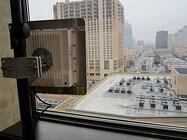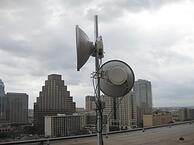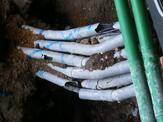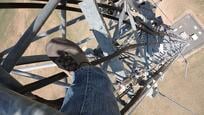The way the world's employees work is forever changed. The Covid-19 Coronavirus has shocked the world and is making us all look at how we do things and how we work. Our culture used to be to a work environment that people would go and congregate in common offices and work spaces. Overnight we have seen the hyper growth of the work from home way of doing business. The concept of a remote workforce has been around for a long time and many companies have taken advantage of all the benefits of a virtual workforce. There are obvious jobs that require for people to come to a physical location to work together but there are a lot of job functions that can be done remotely and outside of crowded office spaces. Great technology makes it possible but one thing a virtual workforce requires more than ever is greater bandwidth.
High bandwidth wireless infrastructure is the key to the virtual workforce. With just the sheer magnitude of people working remotely our nations critical data networks are being tested. Organizations are now finding out that they need bigger internet gateways but they also ned to increase their wide area ("WAN") and local area ("LAN") networks. A GigE network yesterday is just not enough for the primary backhaul. The new standard is 10Gig and beyond. This is why wireless communications is designated as critical infrastructure and the workers that build and maintain wireless networks are designated as "Essential Workers."

5G LTE, licensed microwave backhaul, last mile wireless, SCADA telemetry, or in-building DAS (distributed antennas systems) all are critical to support virtual workers and a mobile workforce. As everyone is dong their part to help stop the virus and keep each other safe there is a lot of confusion on who should be out working. Wireless communication sector has been deemed by the Federal and all State Governments as critical infrastructure and the wireless industry's "essential workers" are out doing their part to keep the world communicating and working.
In most all cases wireless technicians and tower climbers never come in contact client personnel or other individual providing a safe workplace for essential works that are in guidelines of all State and Federal requirements. Most of the time the wireless workforce are outside on towers and roof tops building out new infrastructure or maintaining existing wireless networks.
How AO Wireless can help with the virtual workforce:
- Up to 10Gig Full Duplex Networks - With remote workforce comes the need for higher bandwidth. From 1GigE to 10Gig FD there are wireless solutions to increase bandwidth.
- Cloud Based WNMS (wireless network monitoring) - AO Wireless provides an NMS system focused on wireless devices where we monitor and support wireless networks. We provide our clients a cloud based portal so they can remotely manage their networks along side our great support teams.
- Annual Support and Maintenance Programs - We have a 3 tier support program that provides annual maintenance and on-call / on-site support to keep you up and running.
- Leased Networks - We can deploy within days a leased wireless network to provide bandwidth right away.
- Staff Support - We can provide remote and on-site support while our client personnel are working from home.
- Emergency Response - If you have issues give us a call!
Stay Safe and Healthy Everyone!





